In today’s fashion landscape, a new trend is making waves: recycled materials. Stylish, sustainable, and forward-thinking, this approach is transforming the industry. At KOLEF, we’re passionate about embracing this movement, crafting handbags that not only look good but also contribute to a healthier planet. Let’s explore the environmental, economic, and social benefits of recycled fashion and why it’s shaping the future of style.
Environmental Benefits
1. Reducing Waste
The fashion industry generates millions of tonnes of textile waste each year, much of which ends up in landfills. Recycled materials offer a solution by giving discarded fabrics and plastics a second life. By incorporating recycled fibres where possible, we reduce waste and transform it into something both stylish and purposeful, like KOLEF’s handbags.
2. Conserving Natural Resources
Producing new materials often depletes valuable resources like water and energy. Recycling helps conserve these essentials by reducing the demand for raw materials. For example, recycling cotton requires significantly less water compared to growing conventional cotton. When brands prioritise recycled materials, they help conserve resources for future generations.
3. Reducing Carbon Footprint
The production of virgin materials in fashion contributes heavily to global carbon emissions. By using recycled polyester, energy consumption can drop by as much as 75%, with significantly fewer CO2 emissions. Choosing recycled options is a practical step toward minimising the fashion industry’s carbon footprint and creating a more sustainable future.
Economic Benefits
1. Cost Savings
Although setting up recycling systems can require an initial investment, they offer long-term savings. Using recycled materials can lower the costs of raw material procurement while also boosting economic growth through job creation in recycling industries. For businesses and consumers alike, recycled materials are proving to be both practical and impactful.
2. Driving Innovation and Creativity
Recycled materials push designers to think beyond traditional boundaries, fostering innovation. Repurposing textiles and plastics sparks creative opportunities for unique designs that stand out. This kind of innovation has enabled KOLEF to create handbags that balance sustainability with chic, modern aesthetics.

Social Benefits
1. Promoting Ethical Practices
Embracing recycled materials often goes hand in hand with ethical manufacturing. It signals a brand’s dedication to responsible practices, from sourcing to production. This commitment can inspire others to adopt similar practices, contributing to a ripple effect of positive change across the industry.
2. Raising Awareness
Using recycled materials is more than a design choice—it’s a statement. Brands that showcase the benefits of recycling help educate consumers about the importance of sustainability. By highlighting how recycled materials reduce waste and conserve resources, they encourage conscious consumer habits.
Case Studies and Examples
1. KOLEF’s Handbags with Recycled Materials
At KOLEF, we strive to source recycled materials for our handbags wherever possible, combining sustainability with style. By repurposing cotton waste into durable fibres, we create designs that reduce waste and promote eco-friendly practices.
2. Patagonia’s Recycled Polyester
Patagonia transforms discarded plastics into high-quality recycled polyester, setting a powerful example for the fashion industry. This approach conserves resources and significantly reduces greenhouse gas emissions.
3. Adidas’ Parley Collection
Adidas collaborates with Parley for the Oceans to craft garments and footwear from recycled ocean plastic. This initiative highlights the impact of innovation in tackling marine pollution while promoting sustainability.

Challenges and Future Directions
1. Overcoming Technical Barriers
Recycling textiles is complex due to blended fibres and other material challenges. However, advancements in recycling technology are paving the way for more efficient processes. Brands that embrace these innovations are setting the stage for a more sustainable fashion future.
2. Scaling Up Recycling
Scaling up recycling efforts requires industry-wide collaboration. Investing in infrastructure and partnerships can help close the loop, creating a truly circular fashion economy. KOLEF is committed to playing its part by working with like-minded organisations and suppliers.
3. Encouraging Consumer Participation
Consumers are vital to the success of recycling efforts. Supporting brands that use recycled materials, choosing sustainable products, and returning pre-loved items for recycling are key steps in driving change. KOLEF encourages its customers to participate in these efforts to extend product life and reduce waste.
Why Recycled Materials Are the Future
Recycled materials in fashion offer significant environmental, economic, and social benefits, making them a cornerstone of a more sustainable industry. By sourcing recycled materials wherever possible, brands are reducing waste, conserving resources, and creating innovative designs that resonate with conscious consumers.
As more people prioritise sustainability, the demand for eco-friendly fashion will continue to rise. Brands that embrace recycled materials and sustainable practices will lead the way, setting a new standard for the industry. At KOLEF, we’re proud to contribute to this movement with thoughtful, stylish designs that support a greener planet.
Together, we can redefine fashion’s future—one recycled material at a time.
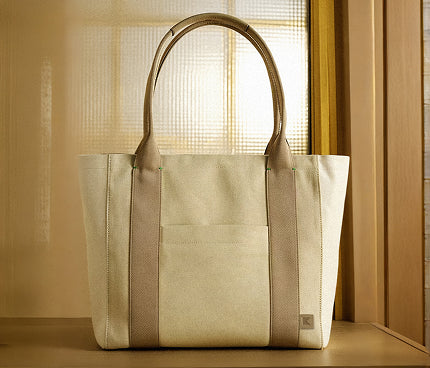
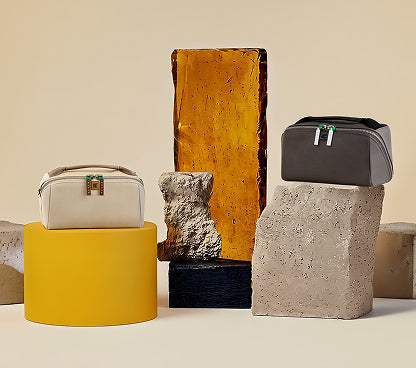
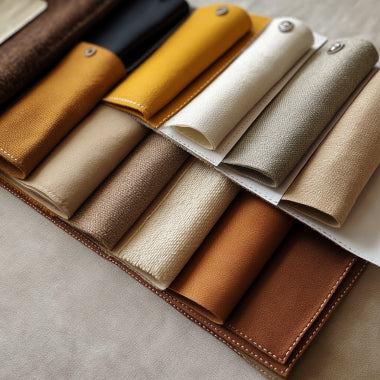
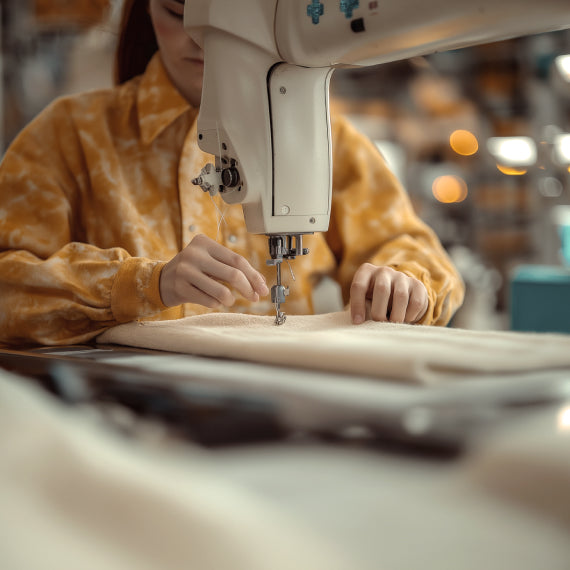

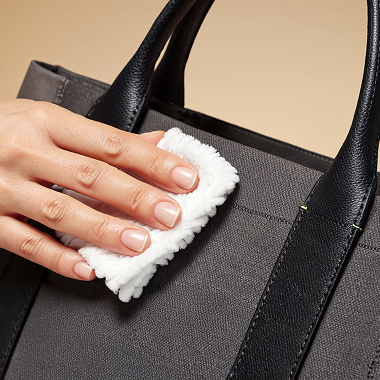



Leave a comment